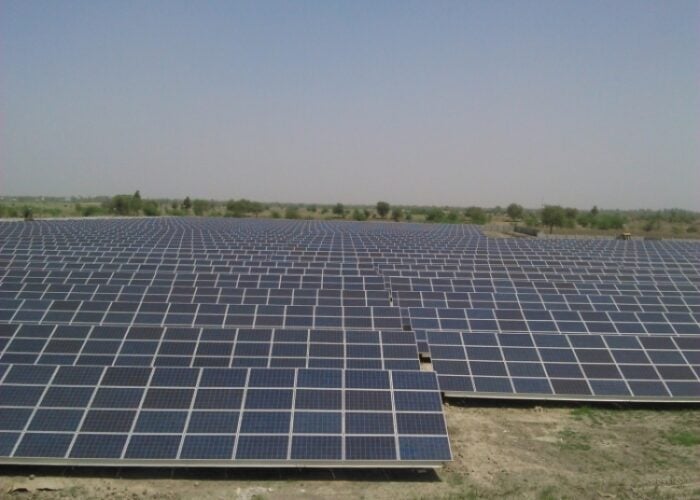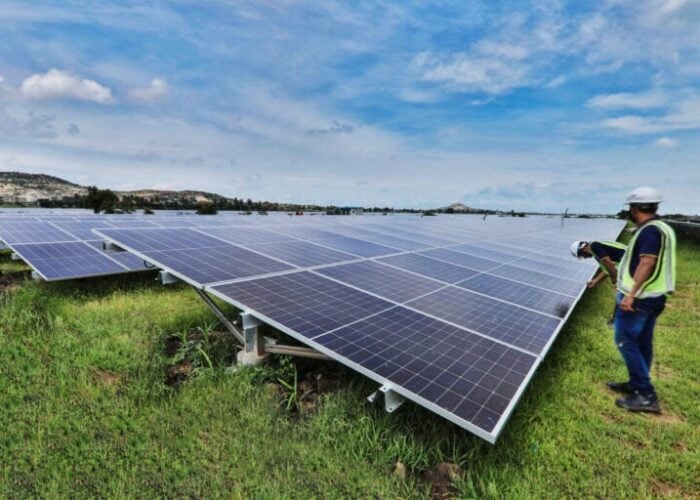The Indian Government is set to initiate a three-phase strategy to significantly increase the country’s adoption of solar energy, according to a detailed analysis and exclusive checks made by Barclays Capital Solar Analysts, Vishal Shah and his team. The program, which is part of India’s National Action Plan on Climate Change, also provides customs and excise duty exemptions on capital equipment and other critical materials to help build a sustainable infrastructure that includes between 2-3 dedicated PV industrial parks and polysilicon production plants to meet the targets of 20GW of solar generation capacity by 2020, 100GW by 2030 and 200GW by 2050.
Implementation of the three-phase plan is expected to begin in 2010 with the Indian Government spending approximately US$20 billion over a 30 year period. In the first 5 years, the government will spend US$1 billion on projects that include installation of approximately 100MW on public sector buildings and incentives and creation of industrial parks for PV manufacturing.
Try Premium for just $1
- Full premium access for the first month at only $1
- Converts to an annual rate after 30 days unless cancelled
- Cancel anytime during the trial period
Premium Benefits
- Expert industry analysis and interviews
- Digital access to PV Tech Power journal
- Exclusive event discounts
Or get the full Premium subscription right away
Or continue reading this article for free
Between 2013 and 2017, US$3 billion will be allocated as the Feed-in-Tariffs take hold as no official cap on installations is planned, according to Barclays Capital. The tariffs are said to be set for 20 years with initial tariff of approximately Rs.16-18/kWh for ground based systems and ~Rs.18-20/kWh for roof-top/BIPV systems.
The Indian government plans to introduce a National Solar RPS. Regional states would then be required to generate 1-3% of electricity from solar resources by 2017.
A target of 4-5GW of solar manufacturing capacity within India is planned by 2017. Approximately 2GW of that production would be met by internal polysilicon production, according to Barclays Capital.






